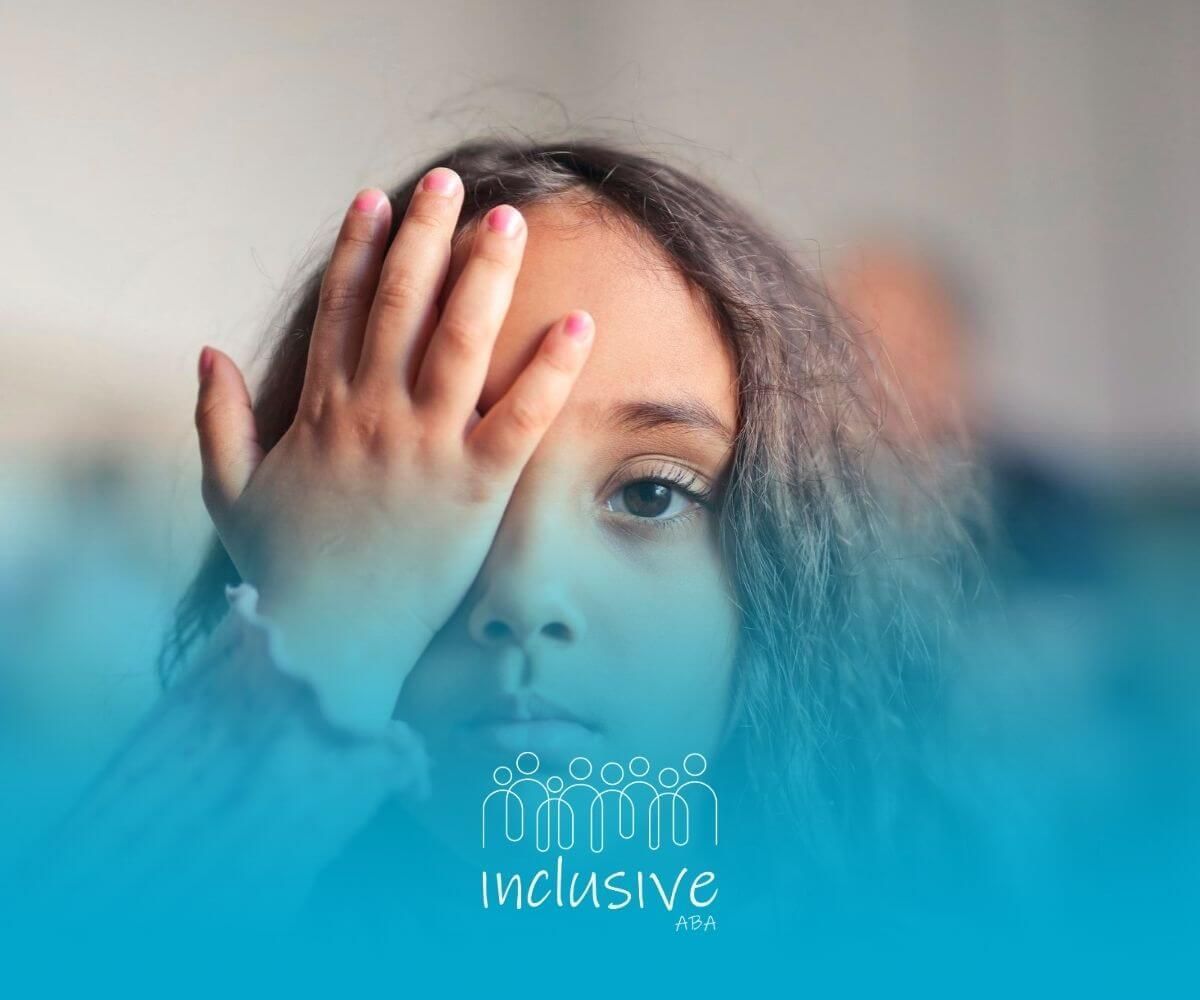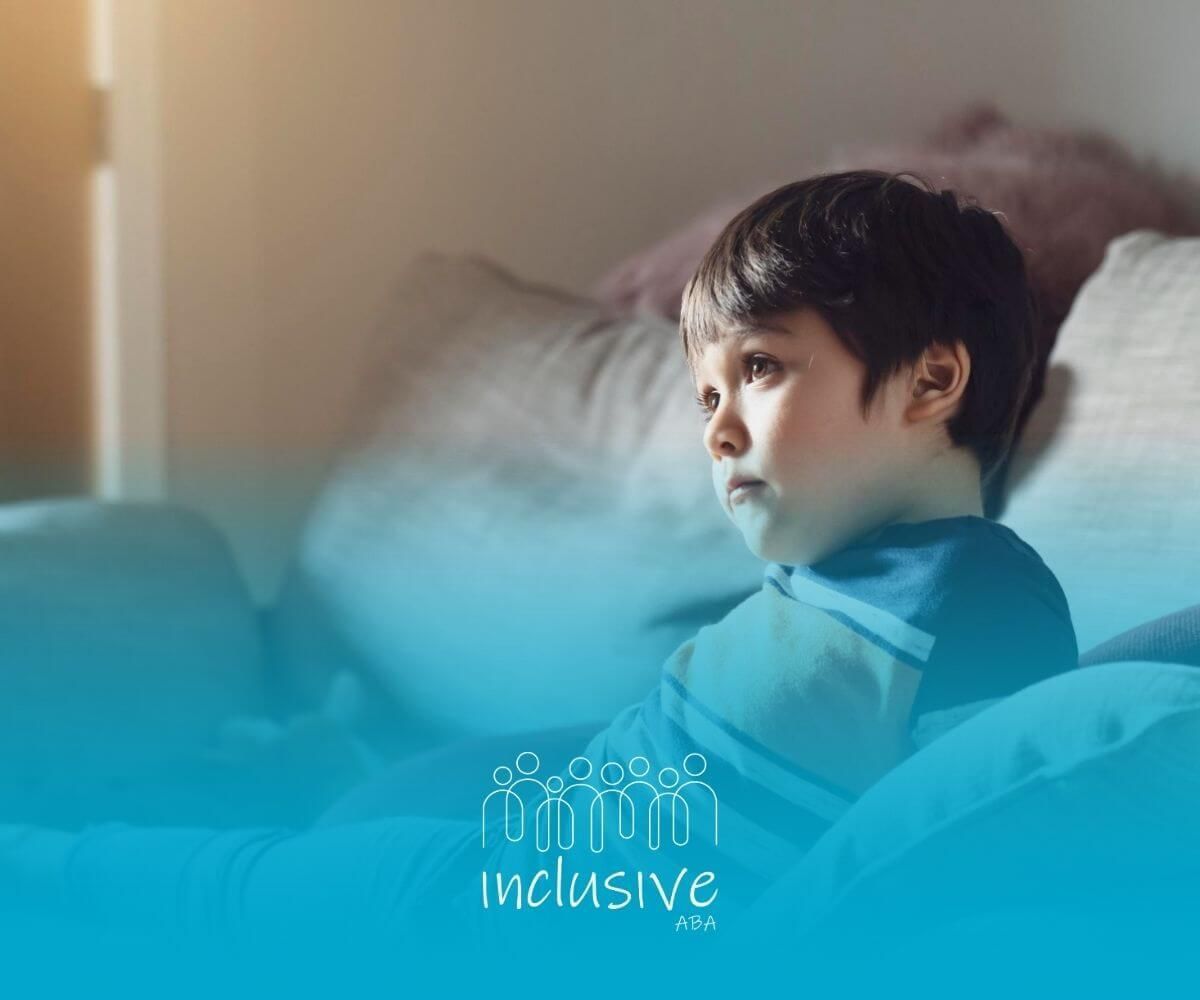7 Dimensions of ABA: How They Shape Effective Autism Treatment
Applied Behavior Analysis (ABA) is a science-based approach to understanding and improving behaviors. Whether used to support individuals with autism or other behavioral challenges, ABA therapy is grounded in specific principles that guide effective interventions.
These principles are best understood through the 7 dimensions of ABA, which were first outlined in 1968 by Baer, Wolf, and Risley in their seminal paper, "Some Current Dimensions of Applied Behavior Analysis."
By examining these dimensions, parents, caregivers, and therapists can gain a clearer understanding of what makes ABA therapy effective and evidence-based. These dimensions ensure that ABA interventions are meaningful, measurable, and practical for individuals receiving therapy.
The 7 Dimensions of ABA
Each of the seven dimensions plays a crucial role in ensuring the success and sustainability of behavioral interventions. Let’s explore each dimension in depth.
1. Applied: Focusing on Real-Life Benefits
The "applied" dimension emphasizes that ABA therapy targets socially significant behaviors—those that improve an individual's quality of life. Rather than focusing on abstract or theoretical behaviors, ABA aims to develop skills that help individuals function more effectively in their daily lives.
Examples of Applied ABA:
- Teaching communication skills to a nonverbal child so they can express needs and emotions.
- Helping a child develop self-care routines, such as brushing teeth or dressing independently.
- Improving social interactions, such as taking turns in conversations or playing cooperatively with peers.
2. Behavioral: Observable and Measurable Changes
ABA focuses on observable behaviors that can be measured and tracked over time. By defining behaviors in concrete terms, therapists can systematically assess progress and modify interventions as needed.
Examples of Behavioral Applications:
- Tracking how often a child initiates communication in a social setting.
- Measuring the reduction in tantrums or aggressive behavior after implementing an intervention.
- Recording how long a child maintains eye contact during a conversation.
3. Analytic: Data-Driven Decision Making
ABA is evidence-based and data-driven. Therapists rely on objective data to determine whether an intervention is working. If progress is not observed, modifications are made based on analysis.
Key Features of Analytic ABA:
Using baseline data to assess behavior before intervention.
Implementing single-subject design studies to evaluate effectiveness.
Adjusting techniques based on ongoing progress monitoring.
4. Technological: Clearly Defined Strategies
For ABA to be effective, interventions must be clearly described so that they can be replicated by other therapists, caregivers, or educators.
Components of Technological ABA:
- Writing step-by-step behavior intervention plans (BIPs).
- Providing detailed instructions for implementing reinforcement strategies.
- Using consistent prompting and fading techniques to encourage learning.
5. Conceptually Systematic: Grounded in Scientific Principles
ABA interventions must be based on well-established behavioral principles, such as reinforcement, punishment, and extinction.
Examples of Conceptually Systematic ABA:
- Using positive reinforcement (e.g., giving praise or rewards) to increase desired behaviors.
- Implementing differential reinforcement to encourage alternative behaviors while reducing undesired ones.
- Applying prompting hierarchies systematically to teach new skills.
6. Effective: Producing Meaningful Behavior Change
An intervention must lead to practical and significant improvements in an individual’s behavior. If a strategy is not effective, it must be modified or replaced.
Measuring Effectiveness in ABA:
- Setting clear goals with measurable outcomes.
- Using behavioral data to track progress.
- Ensuring interventions lead to long-term improvements rather than short-term compliance.
7. Generality: Ensuring Skills Transfer Across Settings
For ABA therapy to be truly effective, learned behaviors must be generalized to different environments, people, and situations.
Generalization Strategies:
- Practicing skills across varied settings (e.g., home, school, community).
- Teaching with multiple instructors to ensure the child responds to different people.
- Encouraging the use of learned behaviors in real-life scenarios.
Why the 7 Dimensions of ABA Matter
These seven dimensions ensure that ABA interventions are structured, ethical, and effective. When followed correctly, they maximize the positive impact of therapy on individuals with autism and other developmental conditions.
Benefits of Understanding These Dimensions:
- Helps parents and caregivers understand why certain strategies are used in therapy.
- Ensures therapists apply interventions consistently and effectively.
- Promotes evidence-based practices that yield long-lasting behavioral improvements.
Conclusion
At Inclusive ABA, we are committed to delivering comprehensive, individualized ABA therapy that aligns with the 7 dimensions of ABA. Our team of experienced therapists focuses on evidence-based interventions that promote meaningful progress in communication, social skills, and daily living tasks.
If you’re looking for expert ABA therapy services tailored to your child’s unique needs, Inclusive ABA is here to help. Contact us today to learn how our specialized programs can support your child’s development and long-term success!
FAQs
What is the most important dimension of ABA?
All dimensions are equally important, but generality ensures that skills learned in therapy are applied in real-world settings, making it a key factor for long-term success.
How do therapists measure progress in ABA therapy?
Therapists use data collection, direct observation, and analysis to track improvements in behavior and adjust strategies as needed.
Why is ABA considered an evidence-based practice?
ABA is grounded in scientific research and data-driven decision-making, making it one of the most effective interventions for individuals with autism and behavioral challenges.
Sources:
- https://docs.autismspeaks.org/screening-and-assessment/progress-monitoring
- https://pmc.ncbi.nlm.nih.gov/articles/PMC4883454/
- https://pubmed.ncbi.nlm.nih.gov/30231702/
- https://www.appliedbehavioranalysisedu.org/2023/11/future-of-applied-behavior-analysis-aba-and-technological-advancements/
- https://www.nu.edu/blog/what-is-differential-reinforcement/
Looking for Expert Help? We're Here for You!
Our compassionate and skilled team is devoted to enhancing your child's development through customized ABA therapy. Let us partner with you to create a supportive environment for your child's success.
Discover how we can help your family thrive with expert ABA therapy.
Related Posts







